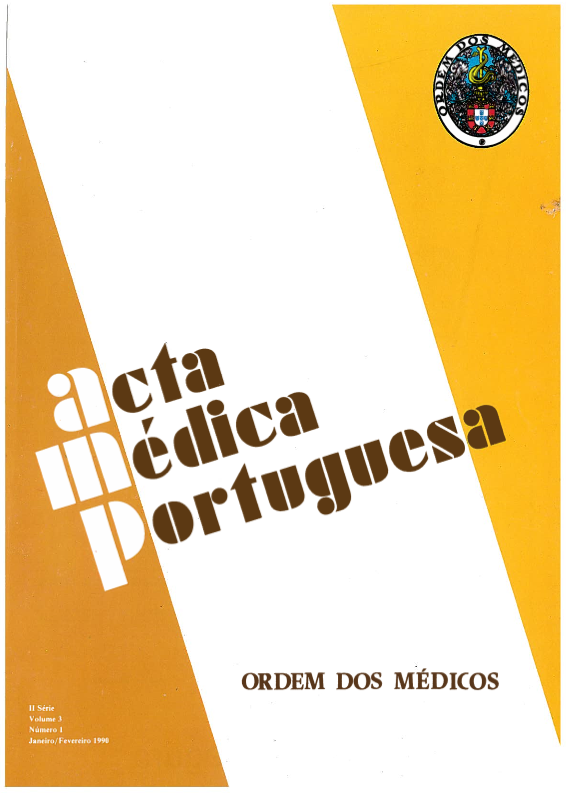Pulmonary embolism: a diagnostic approach.
DOI:
https://doi.org/10.20344/amp.4536Abstract
The diagnosis of pulmonary embolism (PE) has always been a major challenge to hospital practice. As a consequence of the significant failure in diagnosis using clinical criteria alone, more advanced methods like lung scintigraphy and angiography--although unavailable at many clinical centres--have definitely improved the diagnosis efficiency in PE. The author briefly reviews the utility of clinical, analytical, electrocardiographic, radiologic, echocardiographic and phlebographic approaches to PE diagnosis. Emphasizing the risks of empiric anticoagulation, the necessity of precise diagnosis using lung scan and arteriography is discussed. The use of two alternative algorithmic approaches is suggested as a guide for diagnosis of PE, depending on the availability of sophisticated diagnostic methods in medical units. In a final overview, the author reviews some of the new methods used in the diagnosis of PE, already established as clinically useful or in ways of becoming so.Downloads
Downloads
How to Cite
Issue
Section
License
All the articles published in the AMP are open access and comply with the requirements of funding agencies or academic institutions. The AMP is governed by the terms of the Creative Commons ‘Attribution – Non-Commercial Use - (CC-BY-NC)’ license, regarding the use by third parties.
It is the author’s responsibility to obtain approval for the reproduction of figures, tables, etc. from other publications.
Upon acceptance of an article for publication, the authors will be asked to complete the ICMJE “Copyright Liability and Copyright Sharing Statement “(http://www.actamedicaportuguesa.com/info/AMP-NormasPublicacao.pdf) and the “Declaration of Potential Conflicts of Interest” (http:// www.icmje.org/conflicts-of-interest). An e-mail will be sent to the corresponding author to acknowledge receipt of the manuscript.
After publication, the authors are authorised to make their articles available in repositories of their institutions of origin, as long as they always mention where they were published and according to the Creative Commons license.









